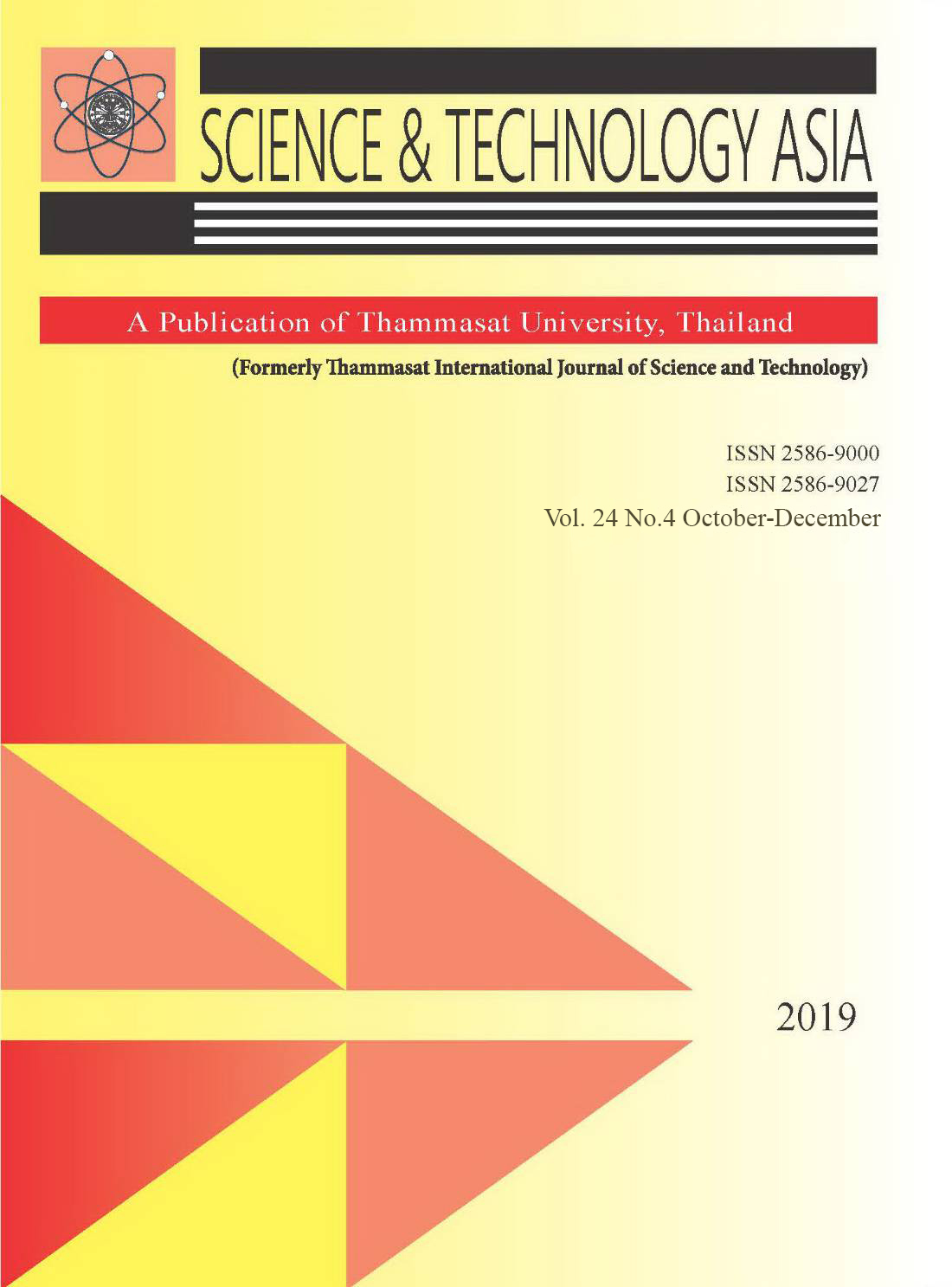Comparative Study on Biological Activities of Steamed and Non - Steamed Ginger Extracts
Main Article Content
Abstract
Ginger is used for treating motion sickness, nausea and vomiting. The traditional Thai method of preparation is to steam the rhizome before preparing the remedy. There is no report comparing the biological activity and quality of extracts from steamed and non-steamed rhizomes. The objective was to compare the anti-inflammatory activities, cytotoxicity and quality of steamed and non-steamed ginger extracts. All extracts were tested for their potential anti-inflammatory properties via the inhibitory effect on NO and PGE2 production, and cytotoxic activity via sulforhodamine B assay. Loss on drying, total ash and acid - insoluble ash determinations were used as quantitation evaluation to standardize the ginger extracts. The results showed that the quality of all samples was within standard guidelines. The anti-inflammatory NO inhibition effect was higher in the steamed ginger ethanol extract (AZOE) than in the non-steamed ginger ethanol extract (HZOE), but lower than prednisolone as a positive control, with IC50 values of 13.47 ± 0.20, 19.64 ± 0.33 and 1.33 ± 0.02 µg/ml, respectively. The effect of PGE2 inhibition of AZOE, HZOE and positive control, had IC50 values of 0.40 ± 0.06, 0.63 ± 0.02 and 0.066 ± 0.004 µg/ml, respectively. However, the steamed and non-steamed ginger ethanol extracts were not cytotoxic to either SKOV - 3 or HeLa cells. Steamed ginger had a higher inhibition effect on NO and PGE2 release than non - steamed ginger. These results support the traditional Thai method of steaming the rhizome before preparing the medicine.


